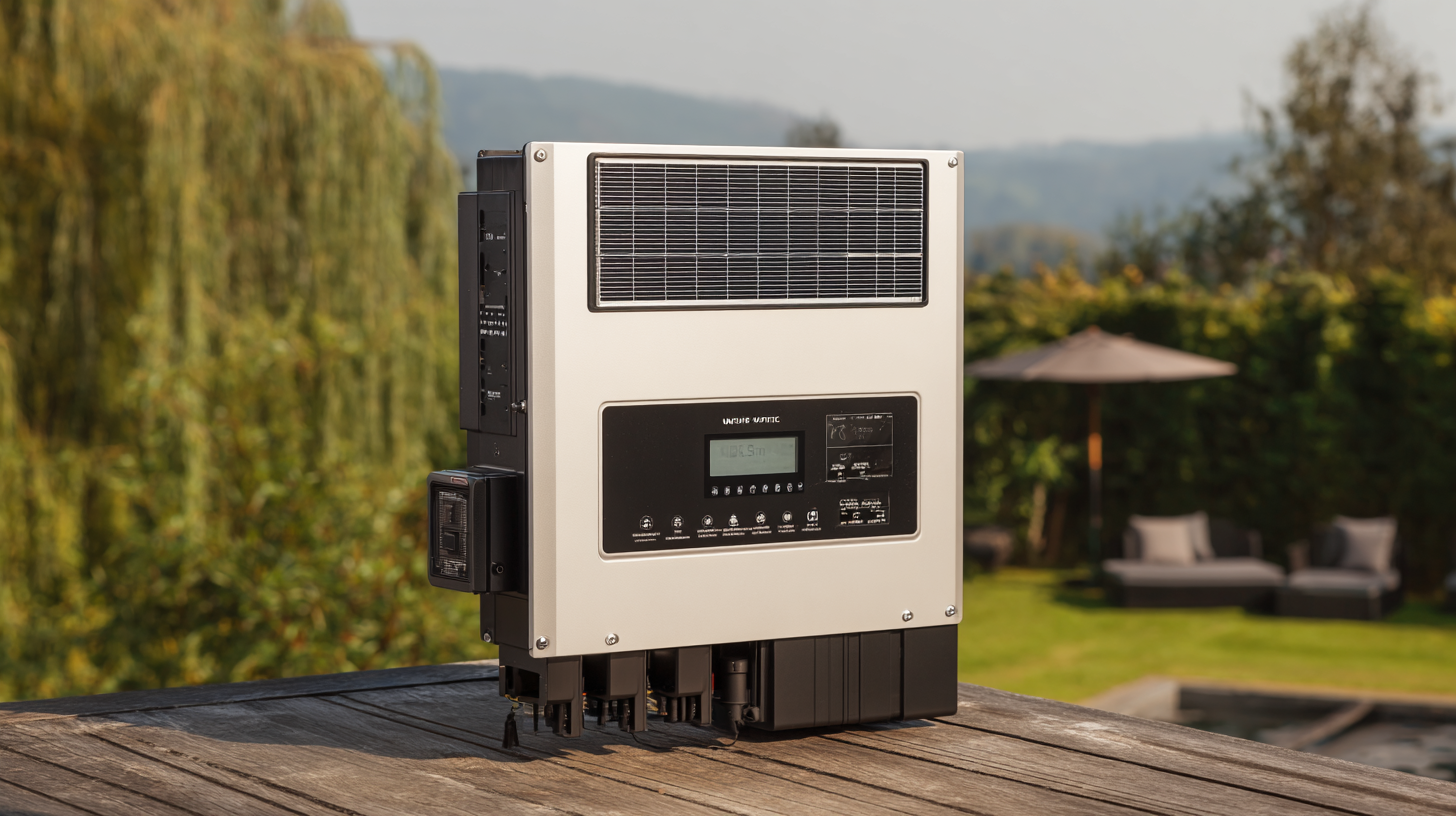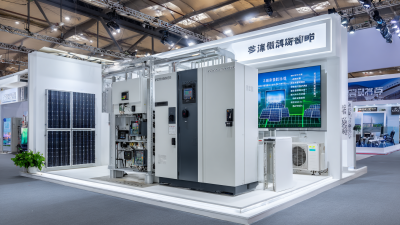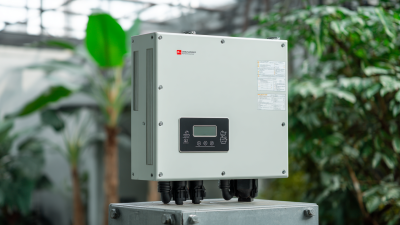
-
Home
-
About Us
-
Products
-
Total Solution
-
News
-
Blog
-
Contact Us
Leave Your Message
-
-
Phone
-
E-mail
-
Whatsapp
-
Whatsapp



In the ever-evolving landscape of solar technology, selecting the right equipment can make all the difference in maximizing energy output and efficiency. As we look ahead to 2025, understanding the top 10 MPPT inverters becomes essential for both solar enthusiasts and professionals alike. Experts in the field, such as Dr. Emily Stroud, a prominent solar energy researcher, emphasize the importance of advanced technology in this domain, stating, “The future of solar efficiency hinges on the capabilities of MPPT inverters to optimize energy harvest.”
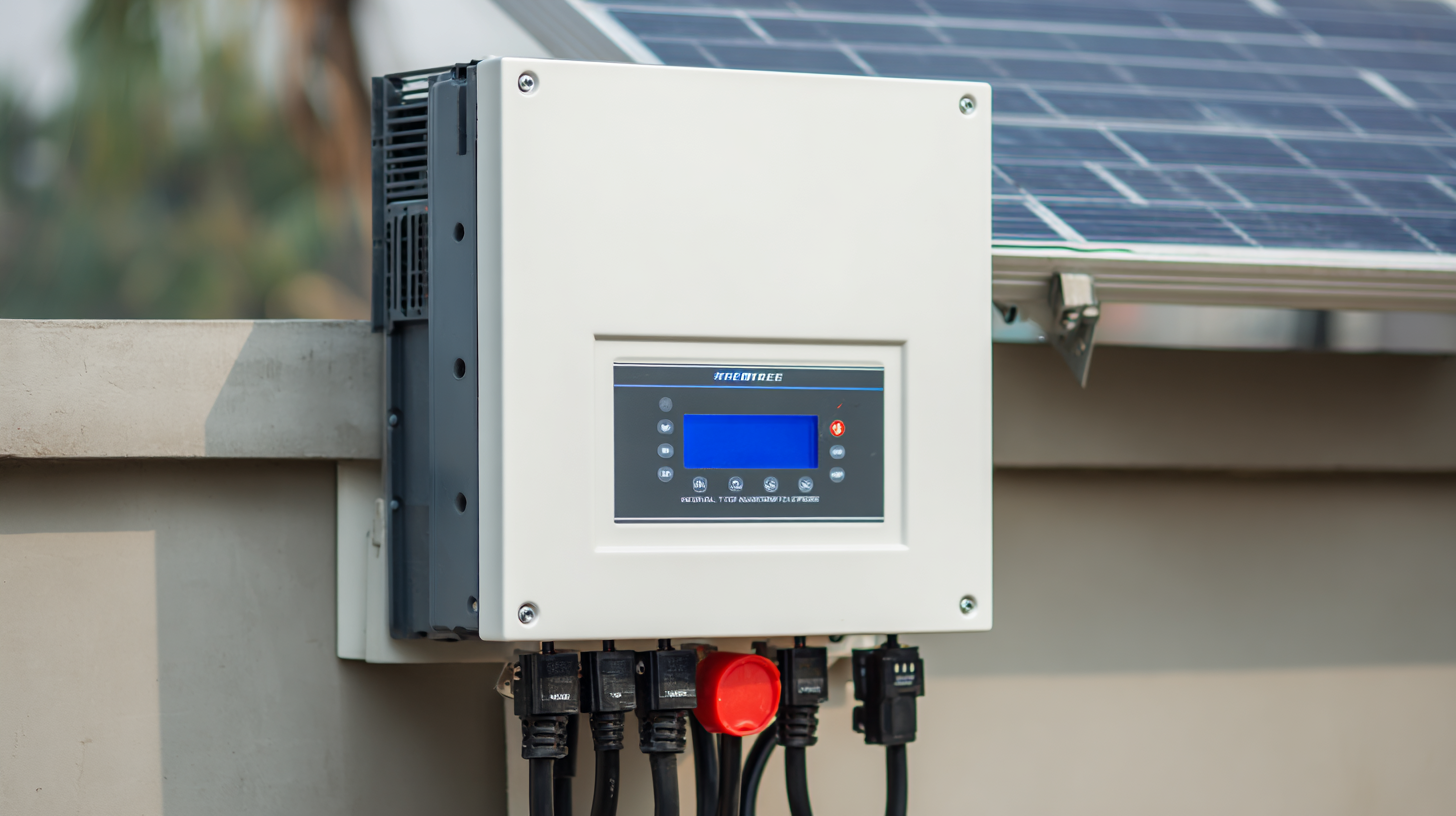
MPPT inverters, or Maximum Power Point Tracking inverters, play a critical role in solar systems by ensuring that photovoltaic panels operate at their optimal power output. This guide aims to delve into the leading MPPT inverters set to impact the market in 2025. By analyzing their features, capabilities, and user experiences, we will equip you with the knowledge needed to make informed decisions for your solar installations.
Join us as we explore the intricacies of these devices, highlighting how advancements in MPPT technology not only enhance energy capture but also contribute to sustainability goals. Prepare to elevate your understanding of solar efficiency with our comprehensive look at the top MPPT inverters for the upcoming year.
When selecting MPPT (Maximum Power Point Tracking) inverters for optimal solar performance, several key features stand out. First and foremost, efficiency ratings are crucial; look for inverters with at least 95% efficiency to ensure maximum energy conversion from solar panels to usable electricity. Additionally, temperature coefficients play a significant role in performance—an inverter with a lower temperature coefficient will maintain efficiency even in high-heat environments, which is particularly beneficial for solar installations in warmer climates.
Another important aspect to consider is the inverter's versatility in handling different panel configurations. A good MPPT inverter should support a wide range of input voltages and system sizes, allowing for future expansions or upgrades to the solar setup. Furthermore, monitoring capabilities are essential; advanced inverters offer real-time data tracking via apps or web interfaces, which helps users optimize their solar energy system’s performance. By focusing on these key features, you can select an MPPT inverter that will maximize your solar investment and enhance overall energy efficiency.
In 2025, the quest for maximizing solar energy efficiency has led to the rise of advanced MPPT (Maximum Power Point Tracking) inverters. These devices play a crucial role in optimizing the output of solar panels by adapting to varying sunlight conditions. This comparative analysis of the top five MPPT inverters highlights their features, efficiency ratings, and overall value in the market, providing consumers with the insights needed to make informed decisions.
Each of the top five MPPT inverters brings unique strengths to the table. For instance, some models excel in their ability to handle partial shading, ensuring consistent performance even in less-than-ideal conditions. Others may offer superior built-in monitoring capabilities, allowing users to track energy production in real-time via smartphone applications. The analysis also emphasizes factors such as warranty, installation flexibility, and compatibility with varying solar panel configurations, underscoring the diverse needs of solar energy users today. As solar technology continues to evolve, these MPPT inverters stand out as essential components for ensuring maximum efficiency and return on investment.
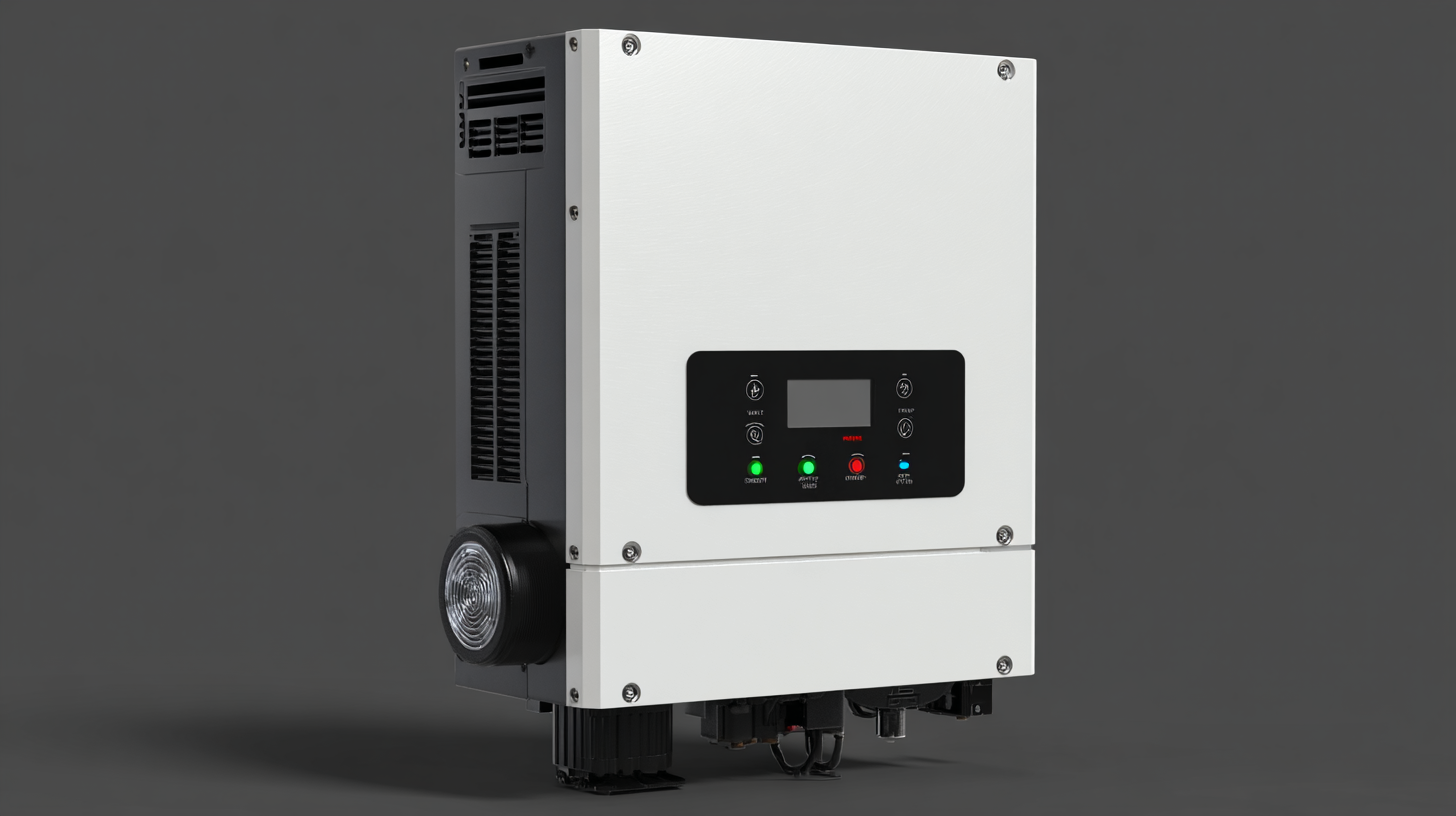
When it comes to maximizing solar energy production, choosing the right MPPT (Maximum Power Point Tracking) inverter is crucial. User experiences and reviews have highlighted several key features that distinguish the top models in 2025. Many users report that higher efficiency rates are a significant advantage of the latest MPPT inverters, with some achieving up to 99% efficiency during peak sunlight hours. This results in noticeable energy savings, which is a primary concern for homeowners looking to optimize their solar setups.
In addition to efficiency, users frequently emphasize the importance of durability and ease of installation. Many of the top-rated inverters come equipped with robust build quality, ensuring they can withstand various weather conditions while providing reliable performance over the years. Furthermore, positive reviews often mention user-friendly interfaces and straightforward installation processes, making them accessible for both seasoned solar enthusiasts and beginners. These insights from users not only guide potential buyers but also reflect the evolving needs of consumers in the solar energy market.
| Model | Efficiency (%) | Max Power Output (kW) | Number of MPPTs | Weight (kg) | Price ($) | User Rating (out of 5) |
|---|---|---|---|---|---|---|
| Model A | 98.5 | 10 | 2 | 15 | 1500 | 4.8 |
| Model B | 98.0 | 8 | 1 | 12 | 1200 | 4.5 |
| Model C | 97.5 | 15 | 2 | 18 | 1800 | 4.7 |
| Model D | 99.0 | 12 | 3 | 20 | 2000 | 4.9 |
| Model E | 96.5 | 9 | 1 | 10 | 1100 | 4.5 |
| Model F | 97.0 | 11 | 2 | 17 | 1700 | 4.6 |
| Model G | 98.2 | 13 | 2 | 16 | 1600 | 4.8 |
| Model H | 99.5 | 14 | 2 | 25 | 2500 | 4.9 |
| Model I | 96.0 | 7 | 1 | 11 | 900 | 4.4 |
| Model J | 97.8 | 10 | 3 | 19 | 1450 | 4.7 |
Investing in the right Maximum Power Point Tracking (MPPT) inverter is crucial for maximizing the efficiency of your solar energy system. One of the key factors to consider is cost-effectiveness. High-quality MPPT inverters may come with a higher upfront cost, but their ability to optimize energy output can lead to significant savings on electricity bills over time. By selecting an inverter that efficiently manages energy conversion, homeowners can ensure they're getting the most value from their solar investment.
Furthermore, the long-term benefits of a robust MPPT inverter span beyond mere savings. These devices often come equipped with advanced features such as real-time data monitoring and enhanced warranties, thus ensuring peace of mind for users. When assessing cost-effectiveness, it's essential to consider not only the initial price but also the potential for energy production and operational longevity. Choosing an MPPT inverter that aligns with both your budget and your energy needs can result in a more sustainable and profitable solar solution for years to come.
As we look ahead to 2025, the evolution of Maximum Power Point Tracking (MPPT) inverters is expected to be significantly influenced by advancements in technology and a growing emphasis on sustainability. Emerging trends indicate a shift towards more sophisticated algorithms and integration with artificial intelligence, enabling these inverters to maximize energy efficiency even under varying environmental conditions. Enhanced data analytics will allow for real-time performance monitoring, optimizing energy output and reducing operational costs.
Sustainability factors are also at the forefront of MPPT inverter development. As regulatory frameworks tighten and consumer awareness rises, manufacturers are exploring eco-friendly materials and production processes. Innovations such as modular designs not only improve the recyclability of inverters but also enhance their lifespan and energy efficiency. Furthermore, the incorporation of energy storage solutions will enable better utilization of solar energy, aligning with global efforts to combat climate change and promote renewable energy sources. The continued integration of smart grid technology will further amplify the role of MPPT inverters in enabling a sustainable energy future.
